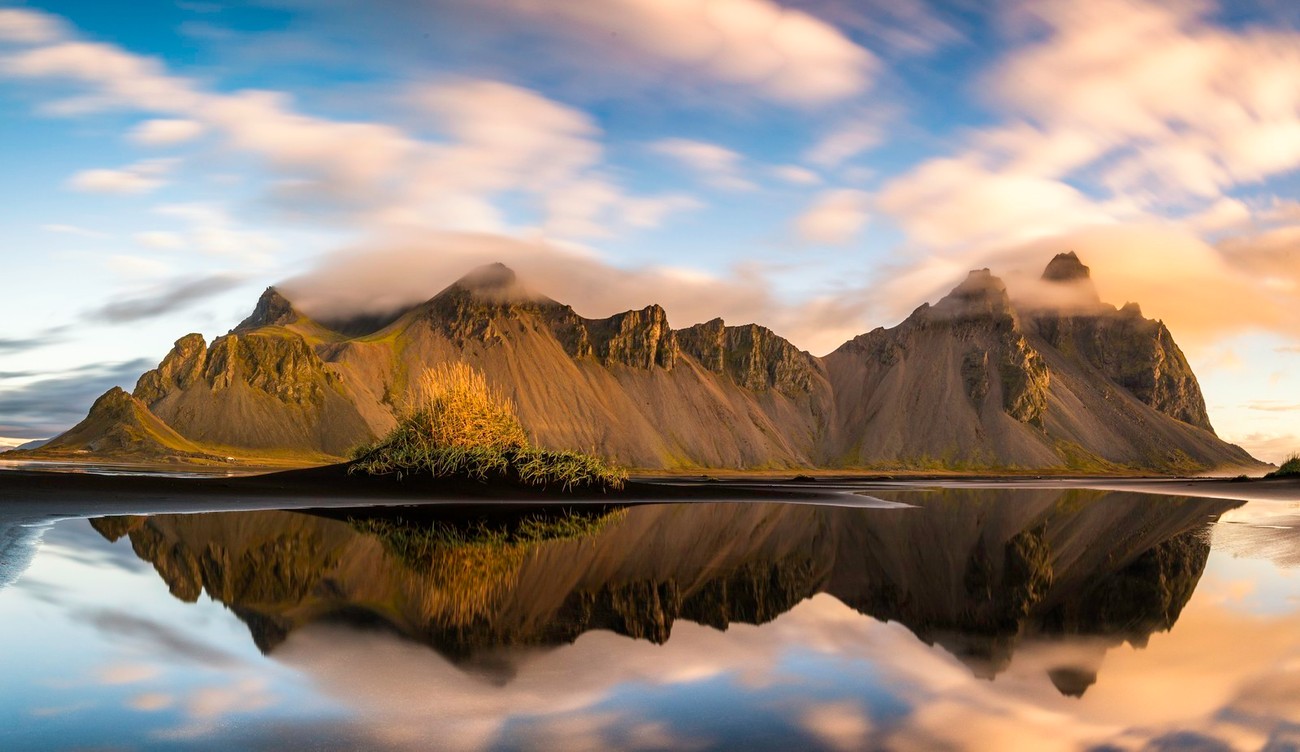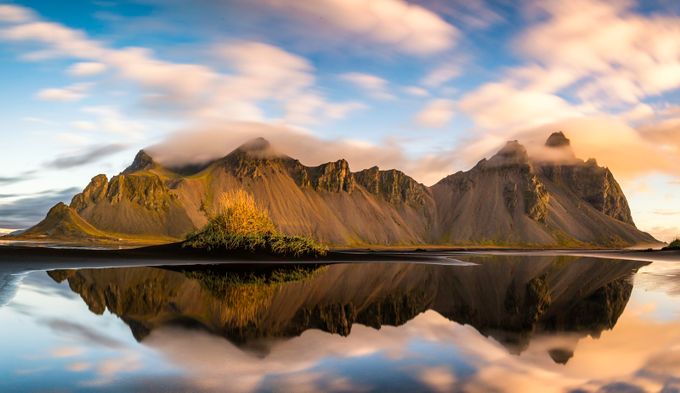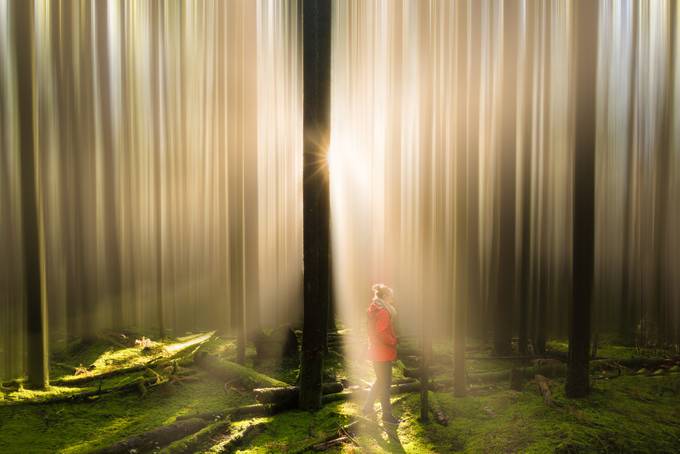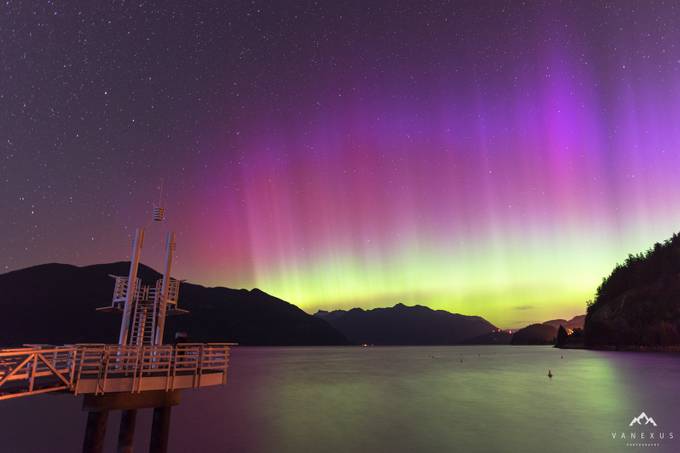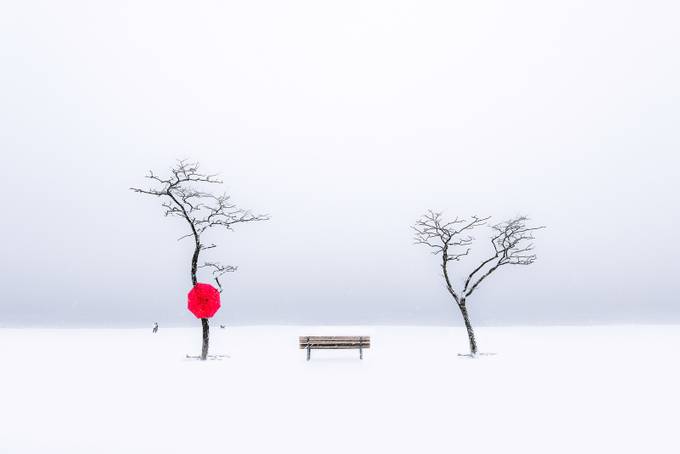While landscape photography looks straightforward at first glance, there are many steps to take before, during, and after in order to create a captivating image. Vanexusphotography talks about the top 7 recommendations for creating amazing landscape photographs so let’s jump right in.
1. Planning.
The first step in taking a landscape photograph actually involves pre-planning which includes visiting a specific location for scouting purposes (if possible) or even virtually scouting our locations through social media to get some great ideas for vantage points once we reach the location. Also, it's important to check the sunrise and sunset times as well as the location of the sun (we use the Photographer's Ephemeris app).
Keep in mind the tide schedules, knowing the moon phases, and constantly being aware of the expected weather conditions. Having all of your planning done ahead of time can ensure that you spend your time focusing solely on taking great photographs. With that in mind, not all of shots are the result of meticulous planning since conditions can change quickly and even last minute outings with our cameras in tow can lead to some amazing shots!
2. Light, Light and more LIGHT.
We cannot emphasize the importance of light in our landscape photography process. The Greek root of the word photo is light and the literal translation of photography is drawing with light.
We tend to take most of our photos in these time periods: during blue hour/golden hour, during sunrise or sunset, and during night hours for Astrophotography and the Northern Lights. Early morning or late evening light is usually warmer, softer and more dramatic, which results in more naturally vibrant colours, more colourful clouds and skies, and a subtle distribution of light throughout the photograph. Once again, this does not mean that you shouldn’t take any photos during the day or in cloudy/stormy conditions. Sometimes the most dramatic light can occur during or after a heavy rainstorm.
While your camera and lens are the most obvious pieces of gear available in your photography arsenal, the peripheral pieces of gear and some of your accessories will have as much of an impact on your final photographs - if not more!
One of the keys for taking a sharp photograph is the stability of your camera. A sturdy tripod which is accompanied with an equally reliable tripod-head is a must for any landscape photographer.
Some other important accessories include a shutter release cord (does not have to be expensive), a microfibre cleaning cloth, a spacious and comfortable backpack which will allow you to carry all of your gear during long hikes, and a pair of waterproof and comfortable hiking shoes/boots. Last, but not least, a variety of filters such as neutral density (ND) and polarizers can help expand your landscape photography range and help create unique elements in your shots. We use a variety of NiSi filters in some of our photos to help create a sense of movement in situations with lots of cloud or water elements.
Simple guidelines such as the rule of thirds or natural leading lines tend to help attract the attention of the viewer to the main focal point of your photographs as well as explore the picture in its entirety. Add movement to your photos by using clouds or water combined with Neutral Density filters. Add subjects for scale to emphasize the size of the landscape you are photographing. Wide angle lenses can make large objects seem quite small, so the addition of a smaller subject like a tree or a person can make a big difference.
Remember, if there is too much going on in the frame, don’t be afraid to change things up and get away from your wide angle lens by using a telephoto or super telephoto lens to capture more detail or abstract elements of a landscape.
5. Focus Stacking and Exposure Blending. These are two techniques that both combine in-camera and post processing methods to help create a much more realistic landscape photograph. Focus Stacking refers to the process of taking multiple shots that focus on different areas of the landscape, which can then be combined in post processing to create one sharp image. Exposure blending refers to the technique of taking multiple photographs with different exposures, and combining the best exposure of each area during post processing to create an image with the most accurate colour and light representation.
6. Trial and Error. So much of landscape photography can be attributed to patience and dedication. You can visit the same location multiple times a year, or even multiple times a week, and come back with very different results each time. This allows you to get more creative with your compositions, and make better decisions on the best shooting times based on light and weather. Practice makes perfect, and the more you can take the camera out and shoot photos, the more comfortable you will become with your gear and the surrounding landscape.

7. Have Fun and Enjoy the Process. Last, but definitely not the least important tip from us is to have fun and enjoy your time outdoors! One of the reasons that we love landscape photography is the chance to get outside and spend time in nature.
Sometimes it can be tough to focus on the fun elements of landscape photography as you may get distracted by figuring out your gear choices or post processing techniques. If you are not enjoying the initial steps of creating a landscape photograph, you will have a hard time in finding the inspiration to get out and actually shoot.


